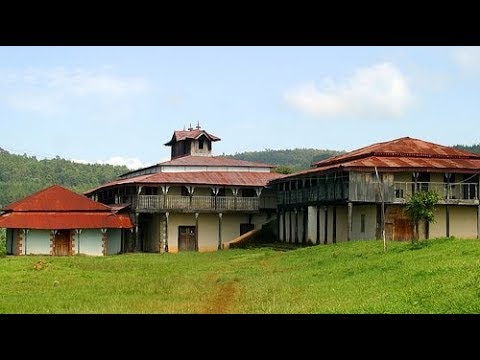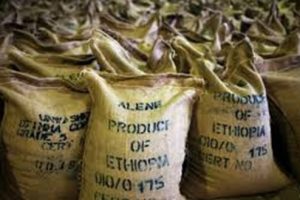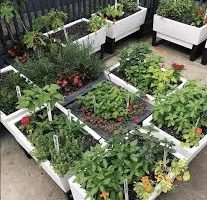
BY TSEGAY HAGOS
Jimma city is located in the south western part of Oromia State. The city is marked for its coffee, green environment, suitable weather and friendly people. In addition to this, it was a capital City during the 19th century, during the reign of King Aba Jifar. Thus, it is one of the top tourist destinations in Ethiopia.
The Kingdom of Jimma was established in the 1830s by Aba Jifar I and it was among the five most powerful Kingdoms ever established in southern Ethiopia, says historian Samuel Mutema.
According to him, Jimma was the hub of trade and politics. It used to attract traders from nearby areas and other neighboring countries. With Maria Theressa as its currency, it had been trading salt, gold and other agricultural products.
‘‘Trade and agriculture were the main source of income for the Kingdom. It had close economic ties with Kingdom of Kaffa to south and others. It had also maritime connection with Somali coasts. Hence, its economy paved a way to be a center of politics as well,’’ he said.
Samuel added that even if the Oromo people are known for their UNESCO inscribed democratic political system identified as Gadda system, Jimma and Gibe states have experienced feudal political system in the 19th century and Aba Jifar II was noted as the most powerful King during that time. As he was economically and militarily strong, he built a magnificent palace in his capital. The palace was built in the 1888s seven kilometers far north of Jimma in a place chosen by the King’s father, Aba Jifar I. The palace’s architectural style is amazing. It was built in such a way it reflects the cultural and historical aspects of the Oromo people. It was built in a colorful architectural design as well.
Located on the suburbs of Jimma, Aba Jifar is among the most astounding tourist attraction in the state.
As many palaces of its time, Aba Jifar palace was built at 2,000 meters above sea level. Its locations makes it strategic place for military purposes.
‘‘It was built by tones of eggs, which were used as cement at that time. The wood used to construct the palace was olive tree. The construction materials being used have helped the palace to remain strong for more than 100 years. The location was chosen as a fortress. It was chosen for it strategic advantage for military command and for monitoring enemy from distance. Besides, it was selected due its temperate climate, which is a guarantee against malaria epidemic,’’ he said.
Samuel notes that the palace is the oldest and well preserved surviving traditional wooden architecture in Jimma and its surroundings.
‘‘The palace was built using indigenous architectural style of south-western Ethiopia. This has similarity with Indo-Arab architectural style which is mostly practiced in East African and countries found around Indian Ocean. Hence, the palace represents the cultural relations between southern Ethiopia and Indo-Arab countries,’’ the lecturer highlights
It comprises residential palace of Aba Jifar, mosque of Aba Jifar and residential palace of Aba Jobir and Aba Dula (the grandsons of Aba Jifar). As a museum, Aba Jifar is boasts many ancient artifacts of the royal family and other heritages.
Though it has survived to date, it has faced challenges of fragmentation. Its wooden elements such as fascia boards, column capitals and decorated brackets are on the brink of falling down. Having understood this, the Ministry of Culture and Tourism, Culture and tourism Bureau of Oromia, Authority for Research and Conservation for Cultural Heritages (ARCCH) and other pertinent stakeholders are working to renovate this historical heritage. Recently, the U.S Embassy in Ethiopia in collaboration with RCCH has injected a 347,000 USD a financial aid for the renovation of the palace. The renovation process will be undertaken in a way of preserving its historical and cultural aspects. If so, Aba Jifar palace would continue as one of the most amazing tourist destinations of the country. Not only Aba Jifar, many other precious cultural and religious heritages should be preserved and promoted.
The Ethiopiam Herald March 17/2021


